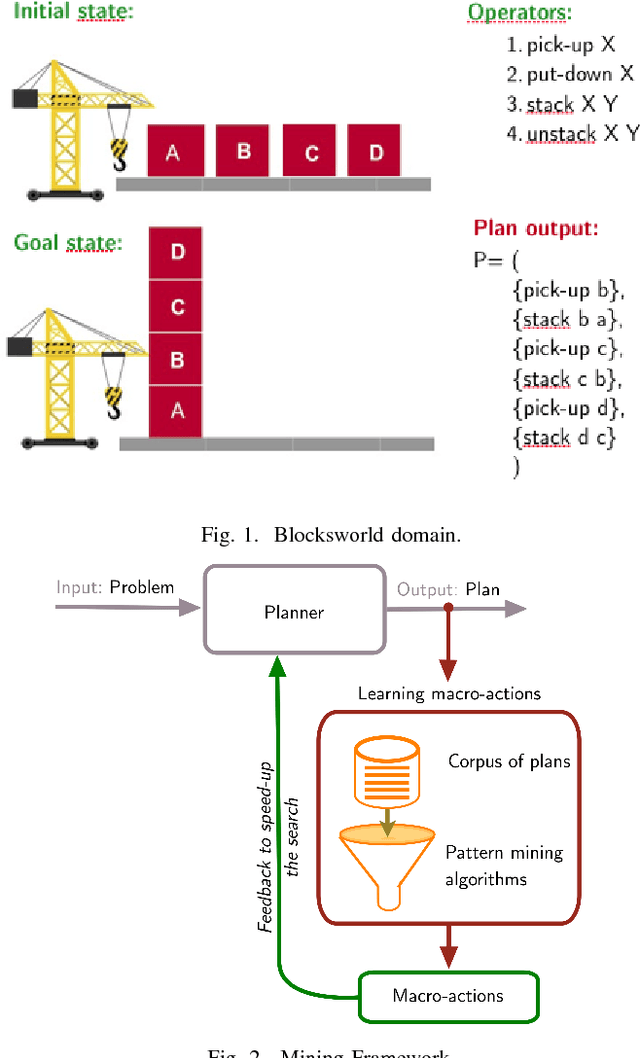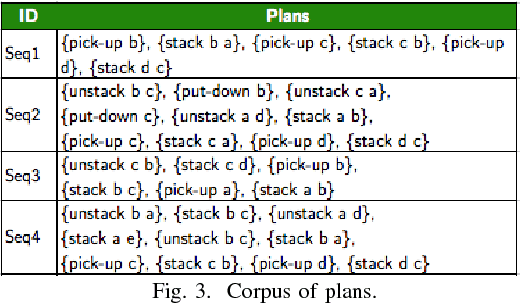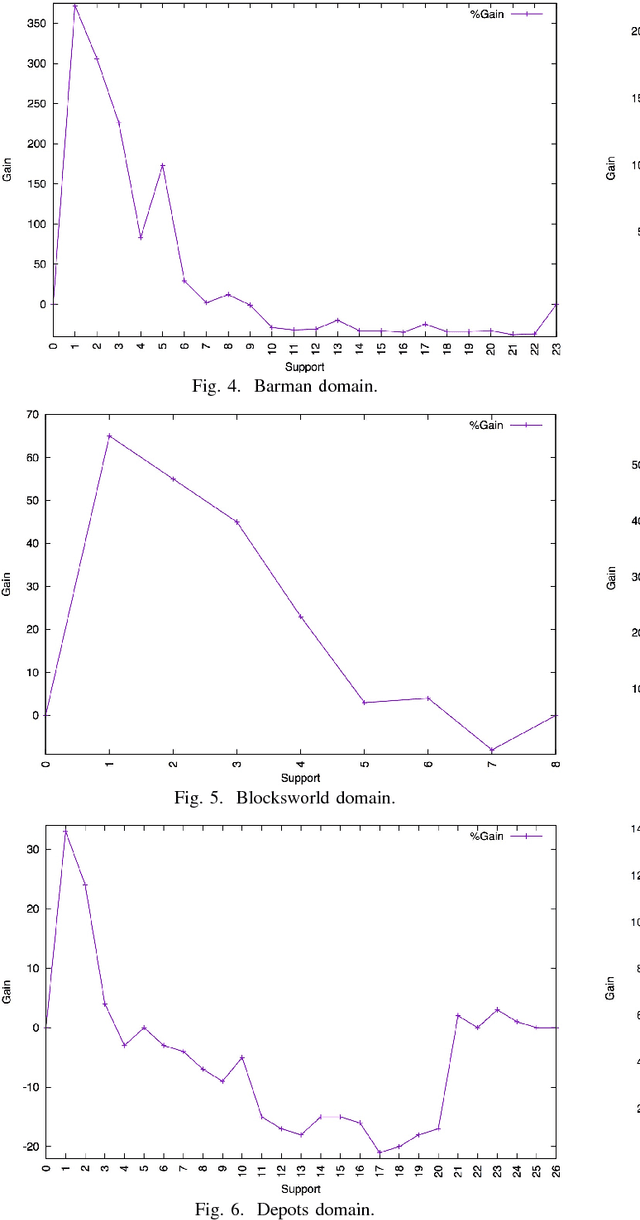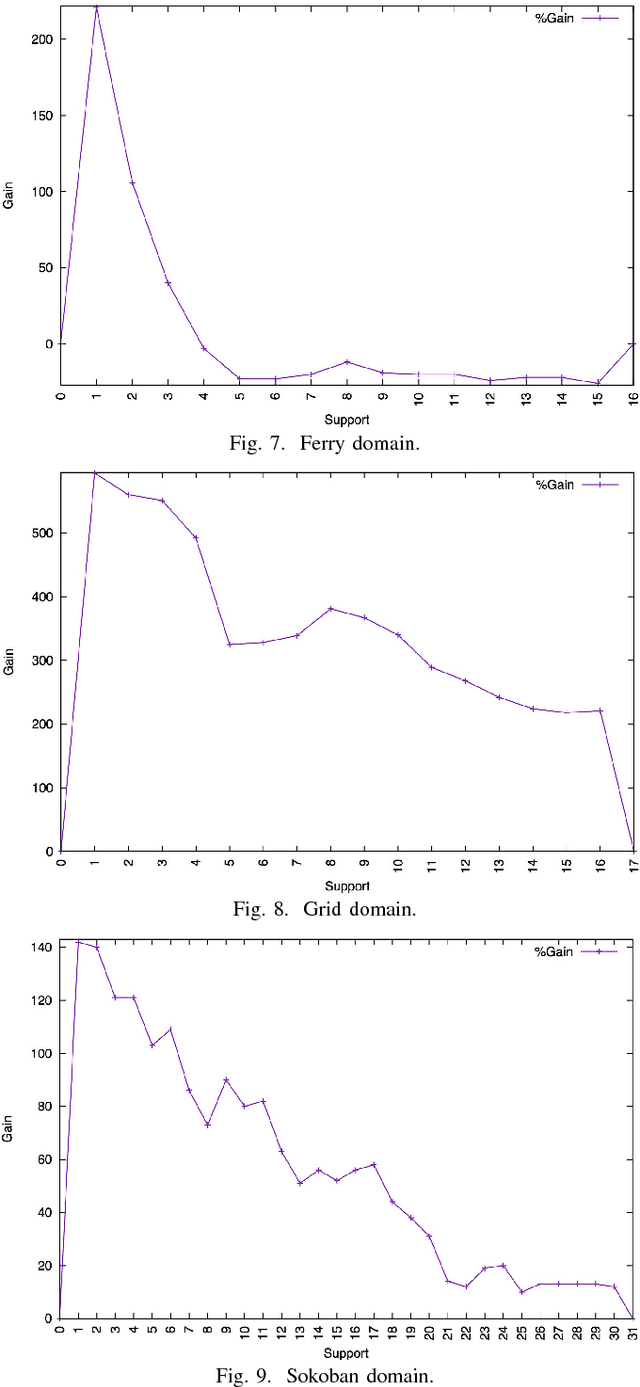Sandra Castellanos-Paez
UGA, M-PSI
Evaluation of Regularization-based Continual Learning Approaches: Application to HAR
Apr 26, 2023Abstract:Pervasive computing allows the provision of services in many important areas, including the relevant and dynamic field of health and well-being. In this domain, Human Activity Recognition (HAR) has gained a lot of attention in recent years. Current solutions rely on Machine Learning (ML) models and achieve impressive results. However, the evolution of these models remains difficult, as long as a complete retraining is not performed. To overcome this problem, the concept of Continual Learning is very promising today and, more particularly, the techniques based on regularization. These techniques are particularly interesting for their simplicity and their low cost. Initial studies have been conducted and have shown promising outcomes. However, they remain very specific and difficult to compare. In this paper, we provide a comprehensive comparison of three regularization-based methods that we adapted to the HAR domain, highlighting their strengths and limitations. Our experiments were conducted on the UCI HAR dataset and the results showed that no single technique outperformed all others in all scenarios considered.
Mining useful Macro-actions in Planning
Oct 22, 2018



Abstract:Planning has achieved significant progress in recent years. Among the various approaches to scale up plan synthesis, the use of macro-actions has been widely explored. As a first stage towards the development of a solution to learn on-line macro-actions, we propose an algorithm to identify useful macro-actions based on data mining techniques. The integration in the planning search of these learned macro-actions shows significant improvements over six classical planning benchmarks.
* International Conference on Artificial Intelligence and Pattern Recognition, 2016
Learning Macro-actions for State-Space Planning
Oct 07, 2016
Abstract:Planning has achieved significant progress in recent years. Among the various approaches to scale up plan synthesis, the use of macro-actions has been widely explored. As a first stage towards the development of a solution to learn on-line macro-actions, we propose an algorithm to identify useful macro-actions based on data mining techniques. The integration in the planning search of these learned macro-actions shows significant improvements over four classical planning benchmarks.
 Add to Chrome
Add to Chrome Add to Firefox
Add to Firefox Add to Edge
Add to Edge